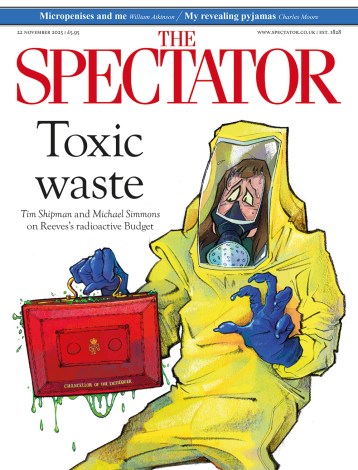Serious matters
‘Heath Robinson’s Helpful Solutions’ and ‘Metavisual Tachiste Abstract’ I went with high hopes to the Cartoon Museum. Actually, I think the appellation ‘museum’ rather grand for a couple of rooms off a back street in Bloomsbury, particularly when the real thing — the British Museum — is just round the corner. Still, I can applaud

